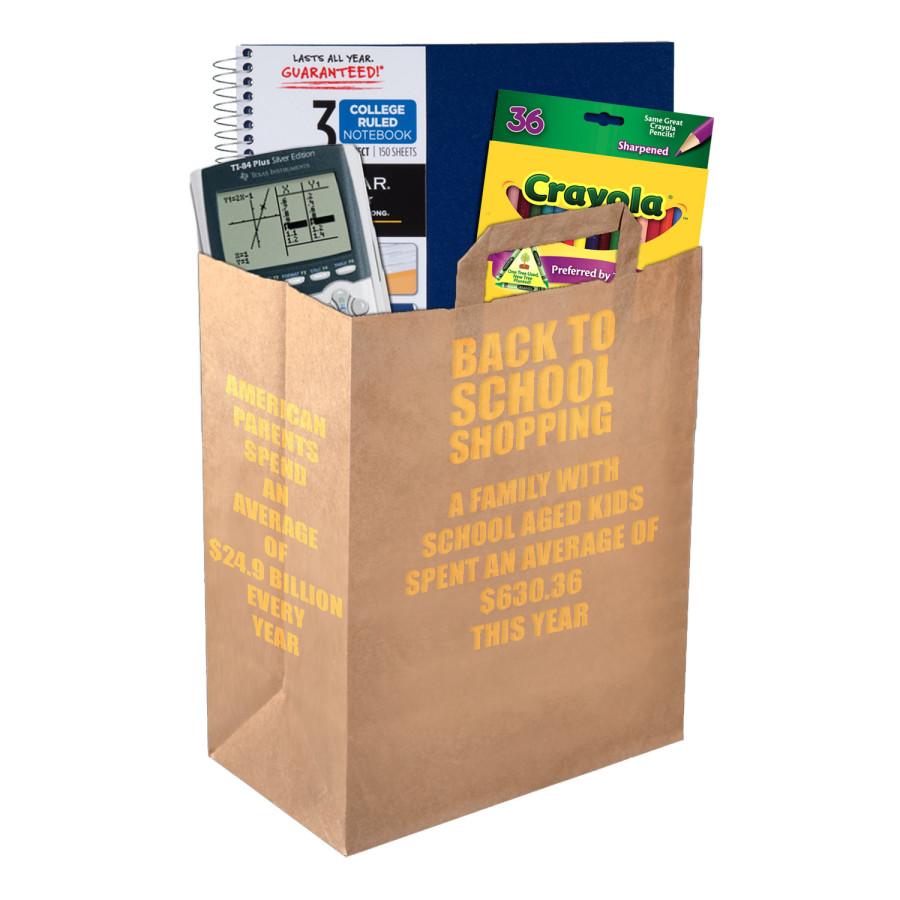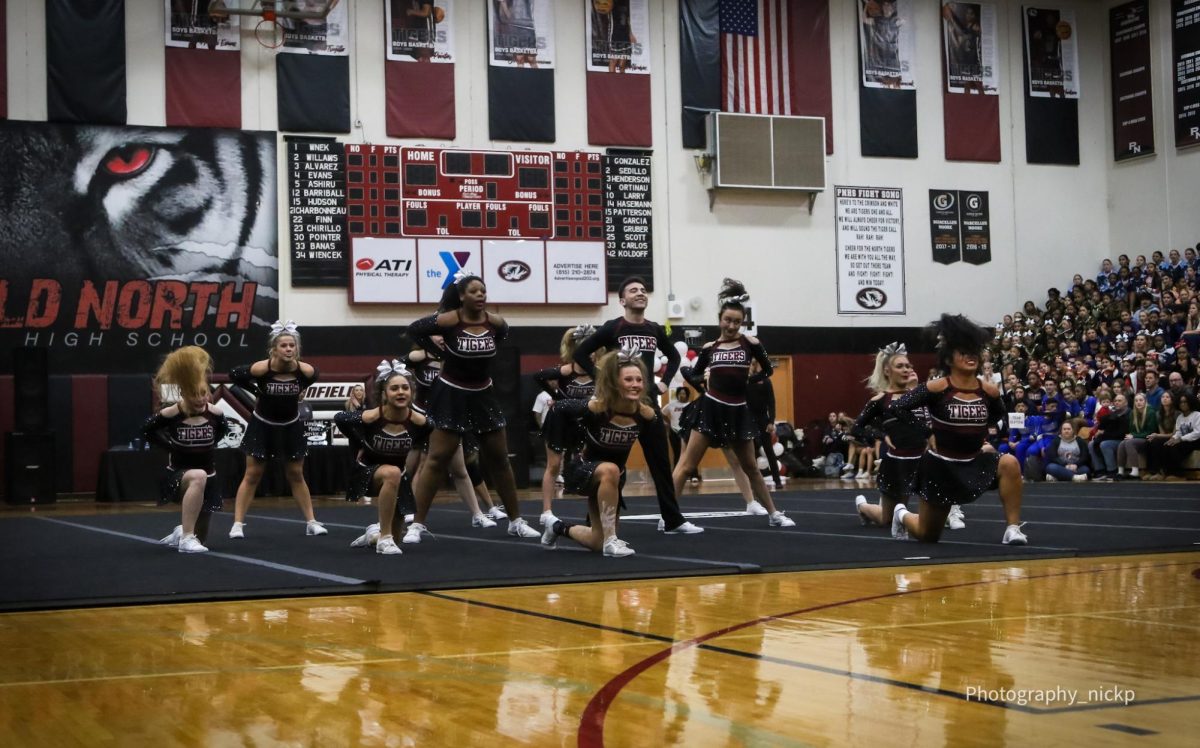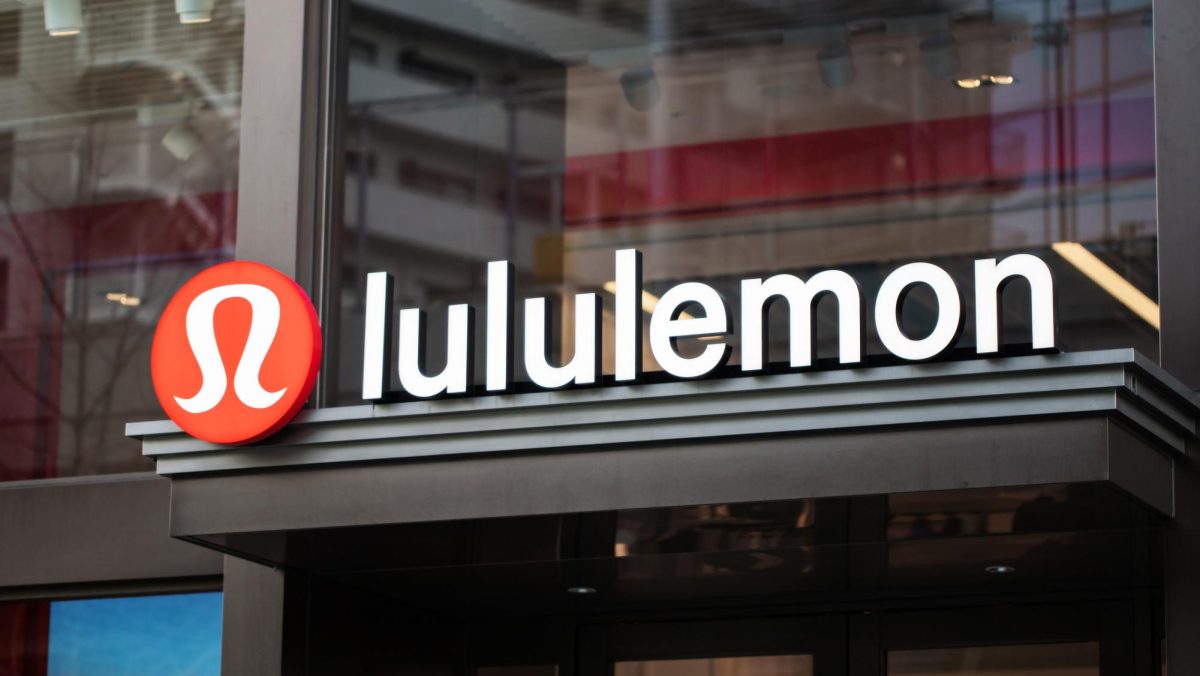Shop til you drop
Back to school shopping costs continue to rise
September 1, 2015
From the excited smiles and anxious laughs of kindergartners, to the groans and sighs of high school seniors, back to school shopping is always an eventful time for students. It means new pencils, notebooks, folders, clothes and backpacks. And, after a while, all of this starts to add up – monetarily.
According to the National Retail Foundation –the world’s largest retail trade association- average back to school spending is up 42 percent in the past ten years. This drastic change is due to many factors, and experts at the NRF say that the trend is only beginning to show signs of slowing down.
The NRF also estimates that average spending per family–with students grades kindergarten through high school–will be $630.36. This total is inclusive of electronics, clothing, as well as traditional school supplies like notebooks, folders and pencils.
“My family probably spent about 150 – 200 dollars on school stuff this year, because my brother and I both needed decent backpacks,” said Cami Dastrup, sophomore, “I don’t think it was too much money because we got quality stuff – we spent that much for things that were important”.
As large as the amount for individual families might seem, they are actually less than the average amount spent last year. The NRF estimated that in the 2014 back to school season, families spent an average of $669.28, making this year’s haul an average of $38.92 cheaper.
“I think people spend too much money because teachers tell us to bring things that we don’t end up using. People usually have to spend a lot of money on school shopping because you buy too much stuff, like binders that aren’t really needed,” said freshman, Juliana Stogsdill.
According to Nicole Leinbach-Reyhle, a journalist for Forbes.com, over a quarter of U.S. families had begun back to school shopping as early as July for the upcoming school year. According to the same article, 38 percent of parents were planning to buy new electronic devices for their children to meet classroom needs and requirements.
So why spend so much? The amount of money being spent on back to school shopping is growing, and quickly. The reasoning changes from student to student, and from family to family. Some students feel that they need new, nice things to fit in, and impress their classmates. For others, new supplies are a classroom necessity, especially on elementary school levels.
As back to school shopping has become more expensive and specialized, the shoppers have become smarter. Many shoppers look specifically for the best deals, and some are even consulting articles with “hacks” to make the shopping cheaper and easier.
According to an article by U.S. News and World Report, some of the hacks shoppers are using include: buying a little at a time, mailing in rebates, double-checking teacher approved lists, and taking advantage of price-matching. These tips and tricks only brush the surface of the plethora of methods that shoppers have found to make back to school shopping a more pleasant experience.
According to marketingcharts.com, the biggest factor for determining where to shop for families is sales, and this is consistent almost every year. The most important factor for determining what to buy remains required school supply lists. These statistics are not surprising though; they reflect the mentality of spending less money and buying only what is necessary when going back-to-school shopping.
No matter where they shop, or what they buy, students will always have the exciting, maybe even grueling, task of back to school shopping. Students will always be buying new clothes and shoes and pencils and even electronics, and spending lots of time and money to ensure their success in the following school year.







